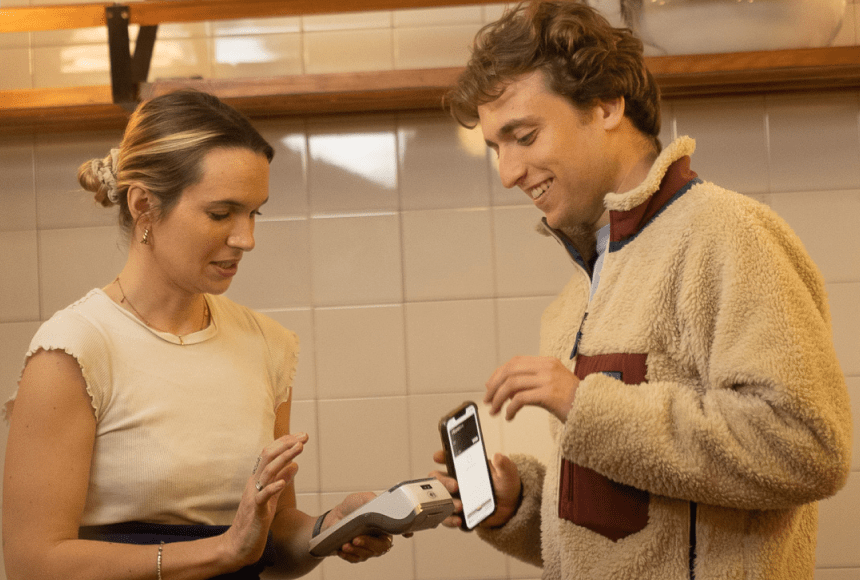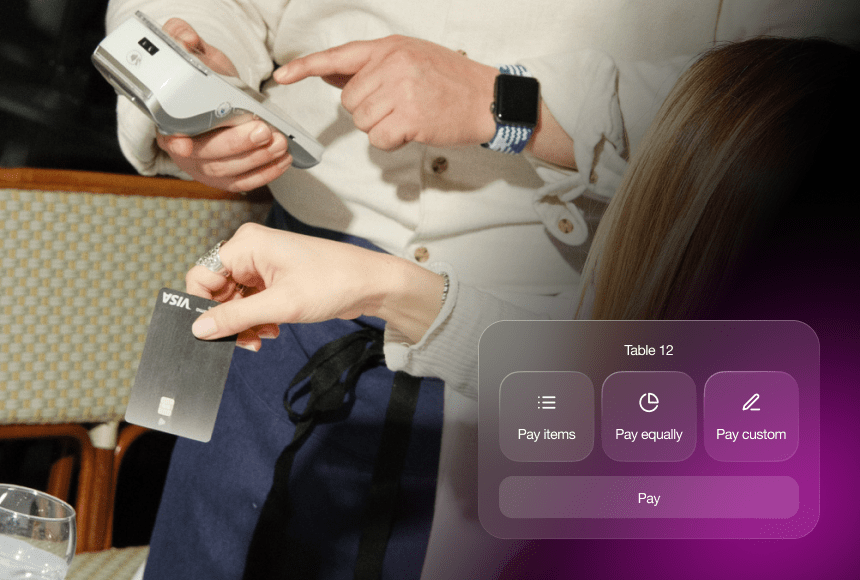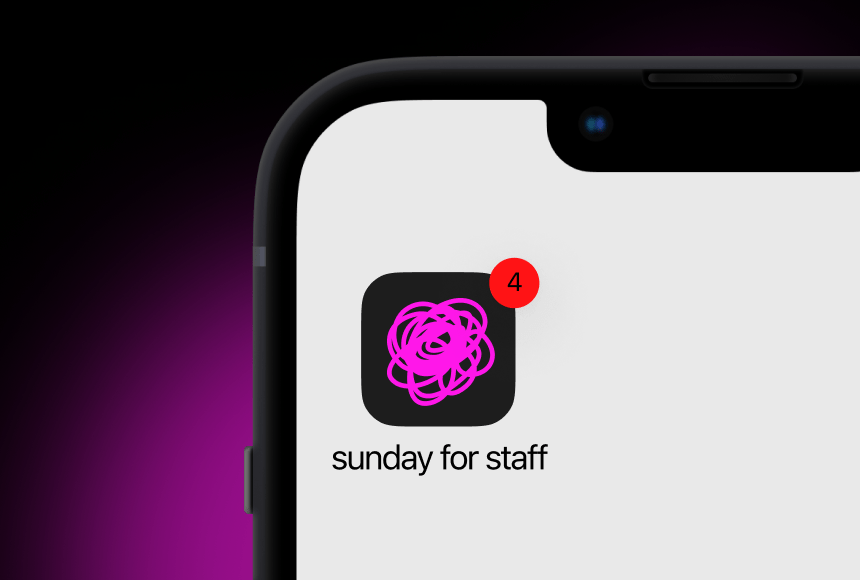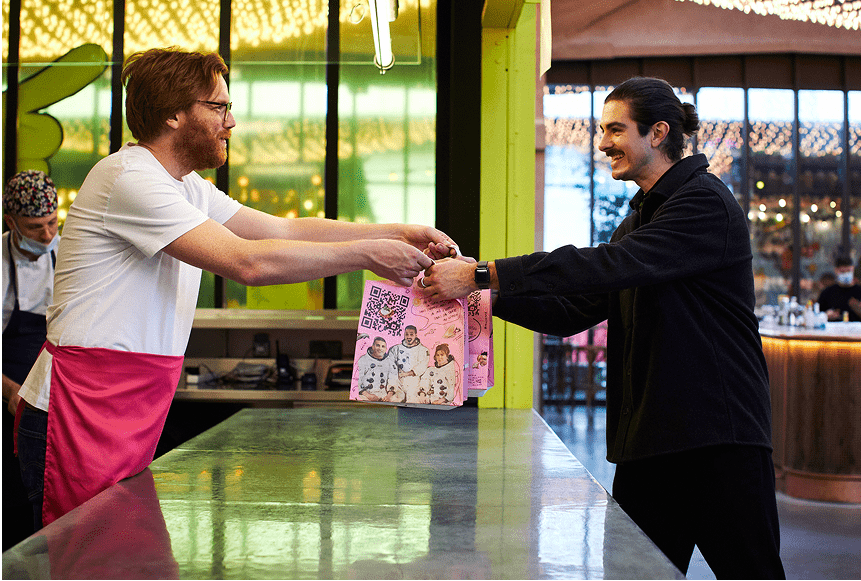
Measuring the True Value of Restaurant Technology
Why ROI Matters for Every Restaurant
Profit margins in the restaurant world are notoriously slim. Whether you run a cosy brasserie in the countryside or an upscale establishment in the heart of London, you likely understand the pressure to remain profitable while delivering memorable experiences. At the centre of every purchase or upgrade decision is a simple question: Is this going to pay off?
ROI—or Return on Investment—is the go-to metric for business owners contemplating big or small tech spends, especially in hospitality. It can help you determine which technology genuinely contributes to growth and which might be more fuss than it’s worth. Ultimately, measuring ROI should guide you to make smart choices that boost success and customer satisfaction.
In this article, we’ll explore which ROI metrics truly matter for restaurant technology, how to track them, and which metrics may not be worth the trouble. By the time you’re finished reading, you’ll have a solid grasp on exactly what to monitor to make your restaurant tech investments worthwhile.
Identifying Key Tech Investments in Modern Restaurants
Before discussing how to calculate ROI, it’s important to know where restaurant owners are spending money on technology these days. Some popular investments include:
- Payment solutions: Card payment machines, QR code payment platforms, and contactless terminals
- Point of Sale (POS) systems: Cloud-based systems that integrate ordering, staff management, and even marketing
- Online ordering and delivery apps: Streamlining takeaway and in-house orders
- Table reservation systems: Tools to manage covers and guest flow efficiently
- Customer engagement software: Platforms that handle loyalty programmes, guest feedback, and automated promotions
- Kitchen display systems: Digital screens sending orders directly to the kitchen, reducing errors
Any of these solutions can be beneficial, but only if you can accurately measure—and understand—their impact on your bottom line.
The Metrics That Truly Matter
Let’s cut right to the chase: ROI is all about the difference between what you invest and what you get out of that investment. While the most obvious indicator is revenue, there are several other metrics that highlight whether technology delivers tangible returns. Below, we examine some of the most critical ones to track.
1. Increased Table Turnover
Time is money—especially if you run a bustling restaurant where seats are in high demand. Tech that speeds up operations, such as table-side QR code payment solutions, can reduce the time between customers finishing their meal and your staff resetting the table for the next guests.
- Main benefit: More covers per day and potentially higher revenue.
- How to track it: Measure the average table turn time before and after launch of the new tech. Keep an eye on daily or weekly trends.
2. Reduced Labour Costs
Labour is one of the biggest expenses in the hospitality sector, so anything that allows your team to be more efficient has a direct impact on the bottom line. For instance, automating some elements of ordering and payment can free up team members to focus on tasks like upselling or delivering a fantastic dining experience.
- Main benefit: Lower staff costs, less likelihood of errors, and improved staff morale.
- How to track it: Calculate your labour cost percentage both before and after the new tech. If it goes down while revenue remains consistent or rises, you know you’re on the right track.
3. Upselling and Higher Average Spend
Beyond just speed and efficiency, modern tech solutions can help increase customer spend. Restaurants that implement digital menu solutions with prompts (like “Would you like to try our special wine pairing?”) often find these systems allow for consistent upselling—a benefit that might be overlooked using traditional menus.
- Main benefit: Increase in average ticket size.
- How to track it: Compare average spend per cover before and after introducing tech-driven upselling. Many POS systems generate reports highlighting changes in average check size over time.
4. Guest Satisfaction and Loyalty
While intangible, customer satisfaction can be partially measured through online ratings, loyalty programme participation, and repeat visits. Tools that collect feedback—like integrated Google Reviews prompts—are immensely valuable. If you notice an uptick in your star rating or a surge in positive comments, chances are your tech investment is having a beneficial effect.
- Main benefit: Improved reputation, higher retention, and stronger word of mouth.
- How to track it: Monitor online reviews, loyalty redemptions, and direct guest feedback. Many restaurants see a rise in positive feedback when they implement convenient payment and reservation options.
5. Lower Error Rates and Waste
From miscommunication in the kitchen to order mistakes at the table, errors can gobble up profits. A well-integrated tech stack means less manual data entry and fewer slip-ups that result in lost revenue or food waste.
- Main benefit: Reduced food costs, less staff frustration, and higher overall efficiency.
- How to track it: Keep a log of mistakes and waste costs for a few weeks before and after implementation. A noticeable drop suggests your system is doing its job.
What You Might Be Wasting Time Tracking
Contrary to popular belief, not every piece of data is worth the effort. In fact, devoting resources to non-essential metrics can slow you down and divert attention. Here are a few metrics you might want to think twice about before spending hours crunching the numbers:
Obsessing Over Micro-Segmentation
While understanding your audience is crucial, going overboard with tiny demographic details may not significantly alter your menu or customer experience. Sometimes, a broad “families vs. couples vs. groups of friends” segmentation gives you all the insight you need. Delving too deep into micro-segmentation can distract from more impactful changes, such as revising your specials or extending happy hour. In other words, don’t lose valuable time trying to slice your data into dozens of fragments.
Tracking Vanity Online Metrics
Facebook likes or Twitter follower counts can seem important for brand exposure, but how often does that truly translate into bums on seats? Social media certainly has its place, but if you’re more concerned about the number of “likes” than the number of people walking through your door, you risk focusing on the wrong measure of success. A smaller but highly engaged audience can translate into consistent sales, so track quality rather than sheer quantity.
Collecting Customer Data Without Using It
Have you found yourself scanning loyalty card data or capturing email addresses, only to let that information collect digital dust on your system? If you’re not actively using customer data to send targeted offers, glean insights, or improve service, then gathering that data serves no real purpose. Either commit to using customer analytics or reduce the data you collect. It’s that simple.
How to Do a Simple ROI Calculation
Despite all the complexities in restaurant operations, ROI calculations don’t have to be complicated. Generally, ROI is expressed as a percentage—(Net Profit / Total Investment) x 100. But in a fast-paced restaurant environment, you’ll often want a more holistic view. Let’s outline a simple, step-by-step approach:
- Determine the cost of the tech solution: This includes software subscriptions, hardware, setup costs, and any staff training expenses.
- Calculate earnings impacted by the solution: Look at changes in your average revenue, labour costs, or other relevant metrics over a set period.
- Factor in intangible benefits: Elements like improved reputation or reduced staff turnover might not have an immediate pound value, but they do matter long-term.
- Compare the results over time: Aim for at least three to six months of data to get a reliable trend. Short-term fluctuations might not give the full picture.
Any solution that quickly pays back its investment—by boosting revenue or reducing costs—is a clear winner. Simply track whether those gains remain stable (or grow) in the long run.
What Real Restaurants Are Seeing
Restaurant owners often share stories about how a tech upgrade unleashed big changes. Some report that shifting to table-side payment using QR codes substantially reduced wait times, thereby adding an extra round of covers over the weekend. Others discover that a robust customer relationship management (CRM) tool encourages upselling without making guests feel pressured. The ultimate question is always: “Do the benefits outweigh the costs?”
According to UKHospitality’s research, a majority of restaurant operators state that technology played a key role in meeting evolving customer expectations. Around 67% said they consider tech investments essential for improving operational efficiency and guest experience, post-pandemic. While these benefits might vary from restaurant to restaurant, the data strongly indicates that the right tech can propel business growth.
How QR Code Payment Solutions Can Drive ROI
One emerging solution that has garnered attention is the QR code payment platform. Instead of using traditional card payment machines, guests simply scan a code on the table, settle their bill swiftly, add a tip if they wish, and move on with their day. From the restaurant’s perspective, the potential ROI is significant:
- Highlighting convenience: Less waiting for the bill means happier guests, which translates into better online reviews and greater loyalty.
- Reducing staff overhead: Staff spend less time running payments, giving them extra moments to look after guests, recommend specials, or polish service touches.
- Encouraging feedback: At the end of the digital payment journey, a nudge to leave a Google review can boost your online reputation effortlessly.
Payment apps like sunday enable these types of quick transactions and encourage tipping and reviewing, offering a modern alternative to POS terminals. Simplicity ensures that the process doesn’t overwhelm staff or guests, and it helps you keep an eye on how much this technology truly contributes to your revenue growth.
A Quick Case Study
Imagine you run “The Singing Spoon,” a fictional 60-seat bistro in Manchester known for its lively atmosphere and eclectic menu. You recently introduced a QR code payment solution with integrated tipping options. Before you did, your average table turn time on weekend nights hovered at about 70 minutes, and your average spend per guest was £22. You also noticed your social media was buzzing, but your Google rating had stalled around 4.0 out of 5.
Fast forward three months. Now the Sunday brunch rush is smoother. When tables settle up via QR codes, staff can clear and reset seats more quickly, shaving 10 minutes off average turnover time. You can serve at least two more tables a night during busy weekends, effectively pushing your revenue up by about 15%. Thanks to an automated prompt triggering reviews, your rating inched up to 4.3, and your tip percentage nudged higher because guests found the process straightforward. Best of all, your staff love it—fewer card payment machine trips mean more time delighting diners. Crunching your ROI numbers, you find that the cost of implementing the platform was paid back within four months.
That is the kind of success story restaurant owners should keep in mind when deciding which technologies are truly worth the investment.
Tips for Maintaining Long-Term ROI
So, you’ve invested in a new system, gleaned the initial advantages, and tracked the return. Where do you go from here? Consistency is key. It’s all too easy to grow complacent once the novelty of a new platform wears off. Consider these steps to lock in and build on your gains:
- Regularly review performance data: Look at monthly or quarterly reports. This keeps everyone accountable and ensures you spot trends early.
- Keep staff trained: A system is only as effective as the people using it. Be sure to provide refreshers and gather staff feedback on user experience.
- Stay updated with new features: Many software solutions release upgrades or add-ons. Evaluate whether they can further boost your ROI.
- Engage guests for feedback: Don’t hesitate to ask, “How was your payment experience?” or “Was the online order system smooth?” Encourage customers to share thoughts so you can refine and perfect the process.
Moving Your Restaurant Forward
When you invest in technology, you’re doing more than just upgrading your gadgets; you’re shaping the future of your hospitality business. If you track the metrics that matter—like table turnover, labour cost, average spend, customer satisfaction, and error reduction—you can make data-driven decisions that truly bolster your bottom line.
At the same time, beware of getting lost in irrelevant or borderline redundant stats. Keep it simple, stay focused on practical, insight-generating metrics, and make sure you’re using that information to improve your operations. Finally, don’t forget that technology is meant to complement, not replace, genuine human hospitality. The warmth of a server’s smile and the delight of a well-cooked meal still form the core of what makes guests return.
The technology you choose—and the data you track—should free you up to do what you do best: hosting guests in an environment they love. In adopting solutions like QR code payments, integrated feedback requests, or advanced reservation systems, you can confidently create a modern dining experience while never losing the personal touch that sets your restaurant apart.
Ultimately, ROI isn’t just about the money. It’s about creating an operation that thrives in the long term and delights every visitor who walks through your doors. By focusing on the metrics that genuinely matter—and ditching any pointless data—you’ll be well on your way to a profitable and fulfilling restaurant journey.
Find out more today
Drop us your details below and we’ll reach out within the next 24
Get the full, detailed picture.
sunday elevates your business with insightful data, instant feedback and precise analytics.




